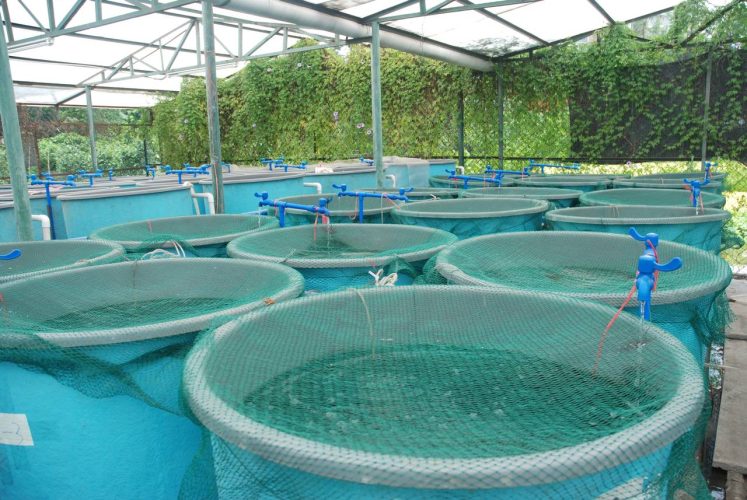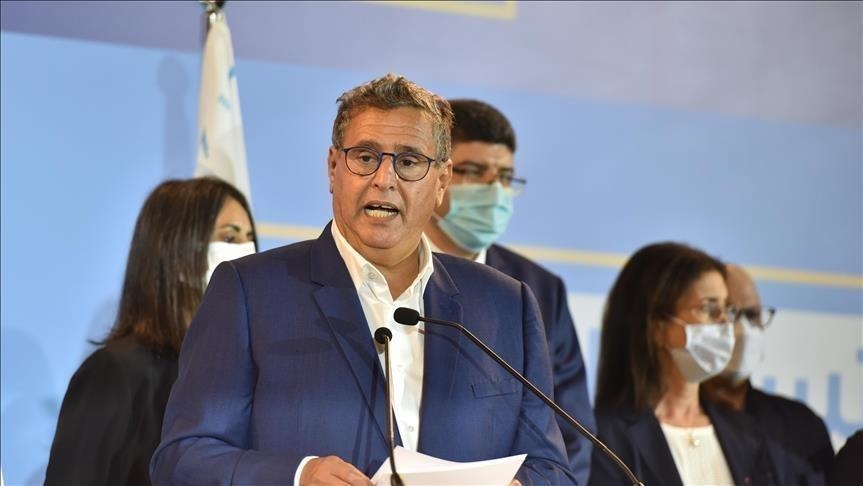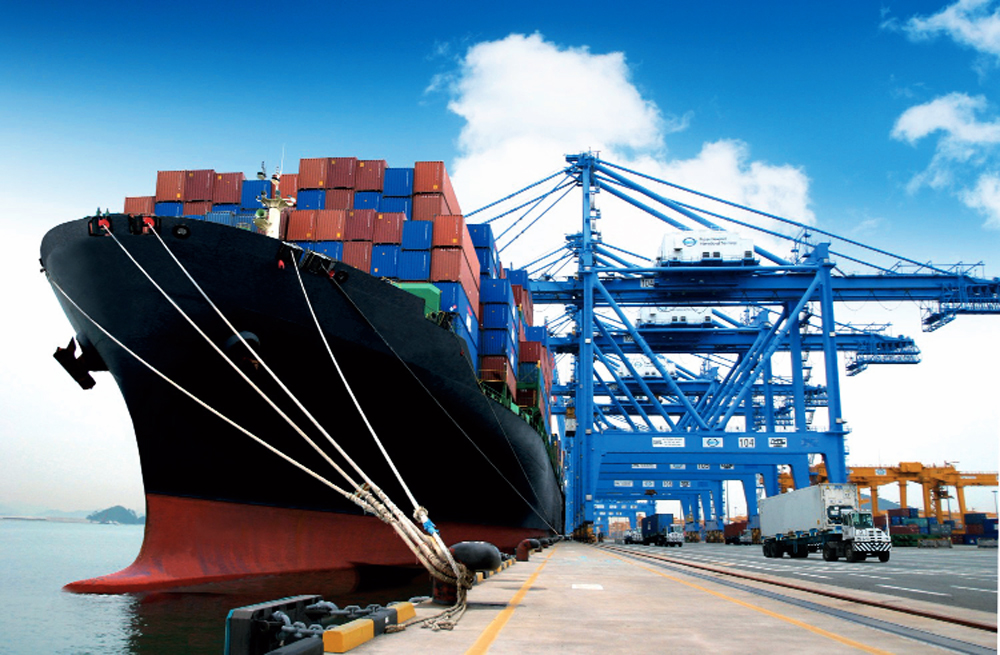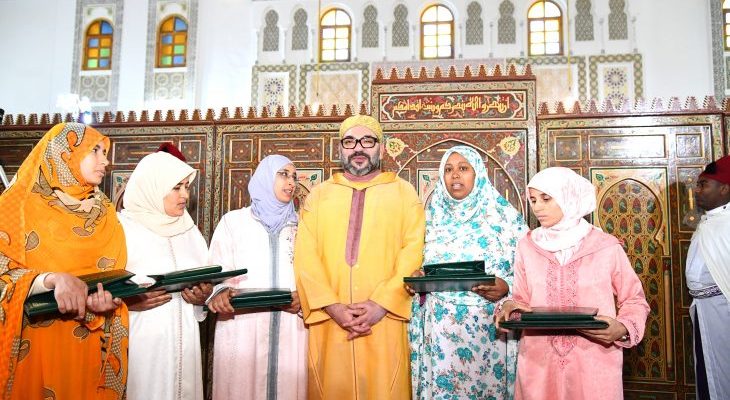The construction works of Morocco’s first hatchery for marine fishing were launched this week in the kingdom’s northern region.
This structuring project for the national aquaculture sector, which covers an area of 2.28 hectares and requires a $12.3 million investment, will provide the upstream part of the value chain with a reliable source of fingerling supply. The production of fingerlings is considered a key integration lever to secure the viability of aquaculture projects specializing in fish farming.
This pioneering project is set to produce up to 30 million high-quality fry of sea bream, sea bass, meager, and other species of interest to national aquaculture farms.
This is the first fish seed production project in Morocco for which the State grants financial support in the form of an investment grant for the acquisition of hatchery equipment up to 20 million Dirhams.
During a press briefing at the launching event, Minister of Agriculture and fisheries Mohamed Sadiki emphasized that this hatchery is the first of its kind in Morocco to receive financial support from the government. The state has granted a $2million investment bonus for the acquisition of hatchery equipment, he said.
“The production of fingerlings is considered an essential integration lever to secure the viability of aquaculture projects specializing in fish farming,” he commented.
Sadiki highlighted the significance of the aquaculture sector within the framework of the “Halieutis” plan, which aims to increase production and promote the balanced, qualitative, and sustainable development of the marine fisheries sector in Morocco.
He underlined the importance of fry production in ensuring the viability of fish farming projects, and noted that this initiative would also help alleviate pressure on marine resources.
The project aligns with the “Halieutis” strategy, launched by King Mohammed VI in 2009, and serves as a precursor to similar endeavors in different regions of Morocco.
In a similar statement, Director of the National Agency for the Development of Aquaculture, Majida Maarouf, drew attention to the alignment of this project with the strategies of Agency, which is, she said, committed to supporting such initiatives as part of Morocco’s long-term policy in the aquaculture sector, fostering a suitable environment for investment and capitalizing on the sector’s significant evolution.
Maarouf emphasized the responsibility of developing aquaculture activities as a commitment to marine resource preservation, reducing environmental impact, ensuring food security, and boosting economic output and job creation.
Shavit Dahan, the head of project development at Aquago Company, highlighted that this project reflects Morocco’s inclination towards qualitative economic endeavors, especially those with high added value for the marine fishing sector.
Morocco has established itself as a global reference in the fisheries sector. Dahan also commended the country’s ongoing efforts to encourage investments that not only support the national economy but also contribute to environmental protection and the preservation of natural resources.
According to Dahan, the support Morocco provides to investments under the aquaculture development strategy exemplifies the kingdom’s insightful vision for resource development, exploitation, and the development of a green economy that ensures sustainable and balanced growth.
This approach aligns with the global need for rational investments that limit resource overexploitation while contributing to their preservation and development, he explained.
With the launch of the first marine fish hatchery, Morocco takes a momentous stride towards developing a thriving aquaculture sector. This project marks the country’s dedication to economic progress while preserving its natural resources and reinforcing its position as a global leader in the marine fishing industry.
The launch of the hatchery construction works comes after the official entry into service, on July 17, 2023, of a $10.3 million research center dedicated to shellfish farming. The center, based at Amsa in the same region, is meant to boost aquaculture industry and is part of an oyster and shellfish development program funded by Japan.
Aquaculture production totaled only 2,000 tons in 2021, which represents less than 0.5% of fisheries production estimated at more than 1.4 million tons per year according to World Bank data.
It should be noted that the sustainable development of the aquaculture sector at the national level is based, among other things, on the strengthening of the entire ecosystem linked to this activity, particularly the availability and accessibility on the national market of the main inputs, in this case, fry of a quality aligned with international norms and standards, at a cost allowing the competitiveness and sustainability of aquaculture enterprises.



